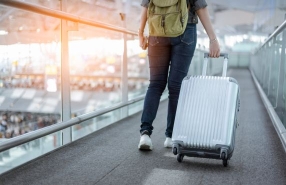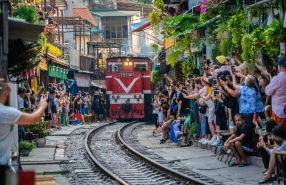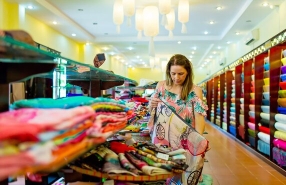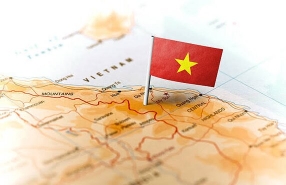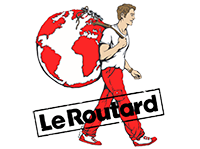Phnom Penh Travel Itinerary: 36 Hours In Phnom Penh, Cambodia
Tuesday, July 23, 2024
Places to visit & things to do

Discover Phnom Penh, the bustling capital of Cambodia, where the Mekong, Bassac and Tonle Sap rivers converge. Once considered the “Pearl of Asia” for its exquisite culture and architecture, Phnom Penh remains a vibrant and dynamic city. Steeped in history, it is full of cultural attractions and historical monuments, making it a must-see destination for travelers. What to do in Phnom Penh? In just 36 hours in Phnom Penh, join the Autour Asia team, Vietnam Travel Agency, to discover the must-see attractions of the capital of Cambodia. In this article, we guide you through the iconic places and unique experiences of Phnom Penh, allowing you to make the most of your short stay.
36 Hours In Phnom Penh, Cambodia
I. General introduction to Phnom Penh
Phnom Penh, the national capital since French colonization, has become the economic, industrial and cultural center of Cambodia. Nestled in the south-central region of the country, it lies at the confluence of the Tonlé Sap, Mekong and Bassac rivers. Once nicknamed the "Pearl of Asia", Phnom Penh was considered one of the most charming French cities in Indochina in the 1920s. Founded in 1434, the city is renowned for its stunning historic architecture and attractions, notably many well-preserved French colonial buildings lining its grand boulevards.
Phnom Penh, Cambodia's most liveable city, offers an exceptional lifestyle to expats and their families, with its safe and secure residential areas. The city is a vibrant mix of business, entertainment and historic charm. The Khmer people are known for their gentleness, their generosity and their omnipresent smile. The city has a reliable local bus transportation system, but the best way to explore it is by tuk-tuk, which provides a unique and efficient way to get around the busy streets.
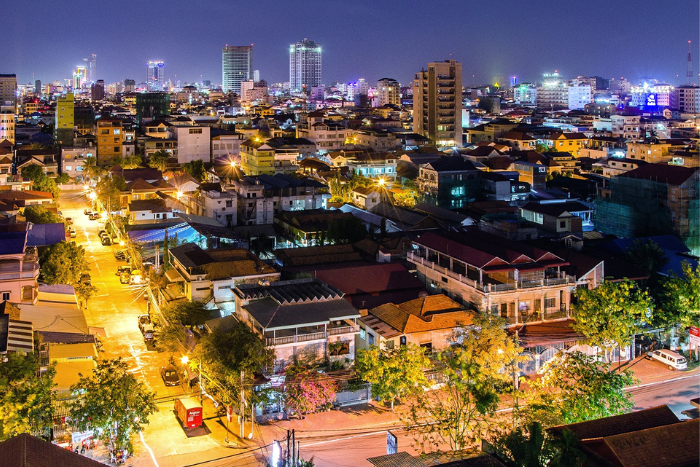
Amidst Phnom Penh's rapid growth and development, the city retains its captivating charm and soul. Local markets, or Sangkats and Khans, remain popular despite the rise of shopping malls. This juxtaposition of old and new continues to captivate visitors. A short trip across the Tonle River to Kos Dach, or Silk Island, offers a serene escape to a rural setting where traditional silk scarves, known as Kramas, are woven on wooden looms. drink. Phnom Penh's tree-lined boulevards and some of the region's best-preserved French colonial architecture create a striking contrast to the modern urban landscape that is rapidly emerging in Cambodia.
II. Phnom Penh Weather in 36 hours
Cambodia, in Southeast Asia, offers a tropical climate with temperatures around 30°C throughout the year. The country has two main seasons: the rainy season, from May to October, and the dry season, from November to April.
The rainy season, or monsoon, brings high humidity and frequent showers, especially in the afternoon and evening, with sometimes strong winds in July and September. To fully enjoy Phnom Penh, the temples of Angkor, or a cruise on Tonlé Sap Lake, the dry season is ideal. December and January offer more pleasant temperatures, while April, with its 35°C, is suitable for lovers of tropical heat and allows you to avoid the high tourist season.
No matter what time of year 36 Hours in Phnom Penh takes place, don't forget to bring light clothing as well as a hat or cap and effective sunscreen to protect you from the sun!
III. Phnom Penh travel itinerary 36 hours
Phnom Penh offers a captivating mix of history, culture and cuisine, but time can be limited. This 36-hour Phnom Penh travel itinerary, meticulously designed for the discerning traveler, optimizes your exploration, ensuring you discover the city's biggest offerings. Pack comfortable shoes and prepare to be captivated by the vibrant energy of Phnom Penh. This quick visit will make you want to deepen your knowledge during a future visit.
Day 1: Visit Phnom Penh: discover the history and culture
Your 36-hour Phnom Penh travel itinerary begins with a fascinating tour of the Royal Palace of Cambodia complex. This architectural gem serves as both the official residence of the Cambodian king and the site for important state events and diplomatic functions. Explore the different sections of the palace, each fulfilling a unique role. A notable feature is the Emerald Buddha Pagoda, also known as the Silver Pagoda. Here, you'll walk on sparkling silver tiles while marveling at a Buddha statue adorned with more than 2,000 diamonds. The experience is further enriched by numerous smaller statues crafted in gold, silver and bronze. The Royal Palace provides a memorable introduction to Cambodia's rich history and cultural heritage.

History and art buffs won't want to miss the National Museum of Cambodia on this 36-hour Phnom Penh travel, a cornerstone of Phnom Penh's cultural scene. This architectural marvel, built in the early 20th century, seamlessly blends elements of French and Khmer colonial design. In its spacious halls, meticulously curated exhibits showcase more than 5,000 artifacts spanning centuries. This chronological journey through Cambodia's artistic heritage, from the height of the Khmer Empire to more recent periods, promises a deep appreciation of the country's rich cultural tapestry.
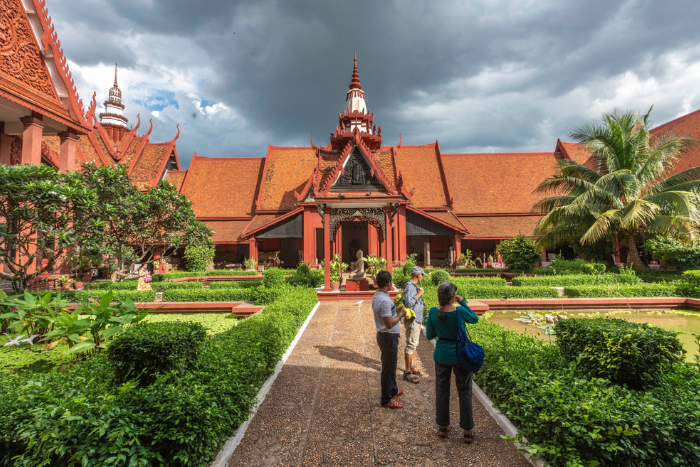
What to do in Phnom Penh? Don't miss the Independence Monument and the Statue of His Majesty Preah Bat Samdech Preah Norodom Sihanouk. The Independence Monument, completed in 1958, is a majestic lotus-shaped sculpture celebrating Cambodia's independence. Inspired by Angkorian design, it reflects the country's rich artistic heritage. Although access to the interior is limited, you can admire its beauty from its base.
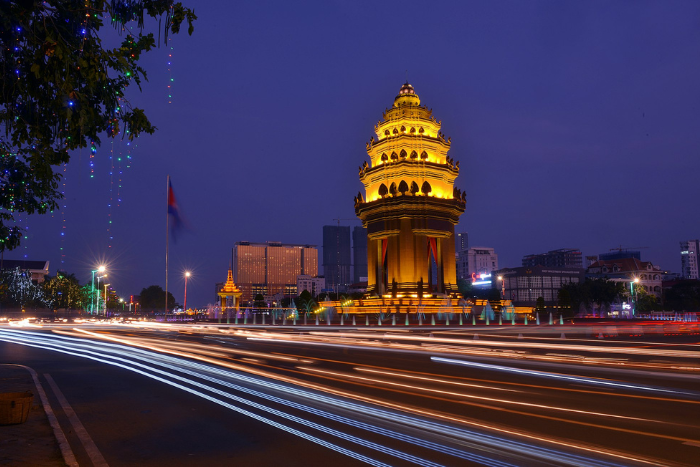
Nearby, the green esplanade with the statue of King Norodom Sihanouk offers a peaceful and picturesque setting to appreciate this iconic monument.

Conveniently located near the Phnom Penh Olympic Stadium (286 Phnom Penh, Cambodia), the Olympic Market is a vibrant destination for discerning travelers looking for a unique shopping experience. Renowned for its vast selection, the market offers exquisite fabrics, delicious Cambodian cuisine, dazzling jewelry, elegant shoes and a treasure trove of unique souvenirs. With daily opening hours from 7:00 a.m. to 5:30 p.m., visitors have ample time to explore the various offerings. A local specialty not to be missed is palm sugar, a sweet golden treat made from the nectar of the Palmyra plant – a delicious addition to any gift basket and a true taste of the capital of Cambodia.
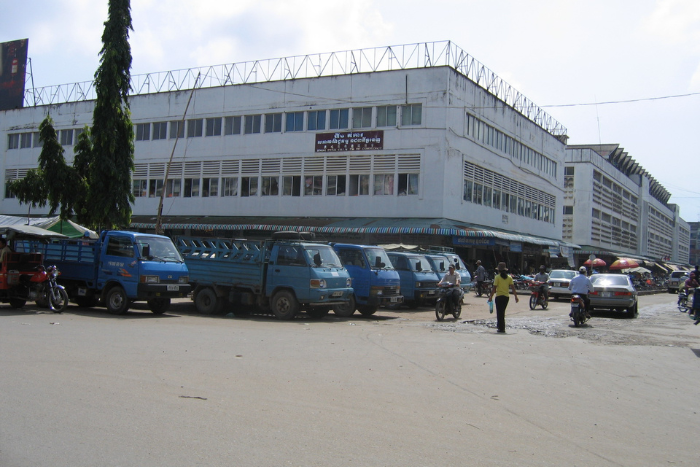
In Phnom Penh, the Tuol Sleng Genocide Museum offers an in-depth look at Cambodia's history. Formerly a school and later infamously known as Security 21 (S-21) from 1975 to 1979, this site today serves as a memorial to victims of the Khmer Rouge regime. The museum provides detailed records that reveal the tragic events that occurred here, with around 20,000 people detained at Tuol Sleng during this period. It is a solemn tribute to those who endured and perished under the Khmer Rouge regime.

What to do in Phnom Penh? Next, you can immerse yourself in the vibrant energy of Phnom Penh's Russian Market (Phsar Toul Tom Poung), a popular spot for locals and tourists alike. Despite its modest exterior, the market reveals a treasure trove of authentic Cambodian treasures, from hand-carved statues and colorful lanterns to handcrafted silk scarves and contemporary fashion. Discover sculptures of Khmer deities, local crafts and traditional souvenirs while enjoying the pleasure of bargaining for unique finds at great prices. The Russian Market is a must-visit for anyone wanting to experience the vibrant shopping scene in the capital of Cambodia.
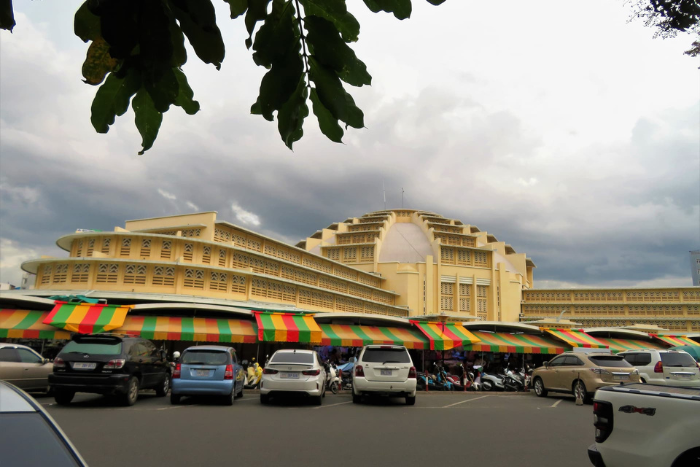
While Phnom Penh is known for its vibrant culture, a visit to the genocidal center of Choeung Ek offers an in-depth insight into Cambodia's history. Formerly an orchard, this site became a site of mass executions under the Khmer Rouge regime. Now a place of memory, it honors the countless victims with a stupa containing skulls, each marking the brutality of the past. As the final destination, Choeung Ek provides a powerful opportunity for reflection and highlights the importance of resilience and peace.
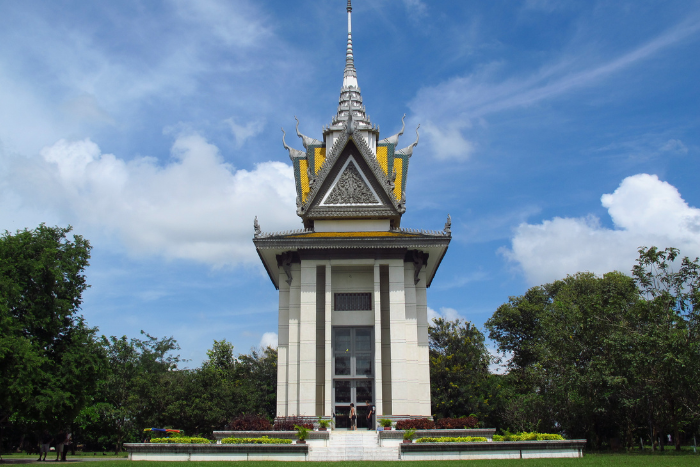
Day 2: Morning: Visit Wat Phnom - Free time - Departure
Unveil the heart of Cambodian history on day two with a visit to Wat Phnom, the nation's most sacred site. Dating back to 1373, this revered temple offers a glimpse into Phnom Penh's rich past. Local legend tells a captivating story about its origins: Lady Penh discovered a floating log containing four Buddha statues, which inspired her to create a small temple on top of an artificial hill (“phnom” in Khmer). This hill, as well as the name Lady Penh, gave rise to the city's nickname – Phnom Penh – which forever links the destiny of the temple to that of the city. Beyond its historical significance, Wat Phnom vibrates with life throughout the year, serving as a vibrant venue for traditional festivals and celebrations.

End your Phnom Penh adventure with a visit to Wat Phnom. Then, return to the city center for some last-minute shopping or entertainment, whatever you desire. Phnom Penh caters to all interests and every moment is a memory in the making. By the end of the second day, you'll feel like you've experienced a captivating story, one that will stay with you long after you leave.
IV. Useful Tips for Phnom Penh 36 Hours Travel Itinerary
- Clothing: Cambodia's tropical climate invites warmth all year round, with even the coolest nights exceeding 20 degrees Celsius. Take advantage of the mild weather by packing light, airy clothes that allow your skin to breathe. However, when exploring temples, pagodas and other sacred sites, respect local customs by dressing modestly, covering your shoulders and knees.
- Respect cultural characteristics: In Cambodia in general and in Phnom Penh in particular, people do not kiss each other when greeting each other and rarely shake hands. To greet someone as an equal, clasp your hands in front of your chest. To greet your superiors, clasp your hands in front of your face.
- For optimal planning of your trip, we recommend that you consult the latest weather forecasts for Phnom Penh. To protect yourself from the city's strong UV rays, we advise you to bring high-quality sunscreen, sunglasses and a hat. Given Phnom Penh's hot climate, maintaining hydration is crucial. We recommend consuming at least two liters of water per day.
With only 36 hours in Phnom Penh, you can still fully explore the cultural and historical features of this city. The capital of Cambodia will definitely make anyone, from anywhere, admire the stories hidden in the historical relics and ancient temples. What to do in Phnom Penh? Come to this city and enjoy memorable experiences.
Laura Walker
5.0
Excellent
Where to eat in Phnom Penh?
Malis restaurant is a well-known restaurant in Phnom Penh offering tasty Khmer dishes in a fancy setting. They have a big menu with traditional choices like fish amok and prahok ktiss, as well as new versions of classic Khmer food.
Amanda Clark
5.0
Excellent
What are the best months to visit Phnom Penh?
The ideal period to visit Phnom Penh is from November to May, as the weather is characterized by minimal rainfall and pleasantly warm temperatures. Nevertheless, Cambodia typically has a hot and humid climate year-round.
Related travel guide
Other similar articles
CUSTOMIZABLE BY LOCAL EXPERTS
Personalized trip at the original price!
REFUND GUARANTEE
We believe in our work and promise to give you money back.
GOOD PRICE / QUALITY
95% satisfied more than expected!
24/7 LOCAL SUPPORT
We are always available online to provide assistance at any time.
Most read articles
Autour Asia is highly recommended on
Embracing the mission of "Satisfied more than expected" and providing authentic experiences, we have received numerous recommendations on reputable travel forums:












